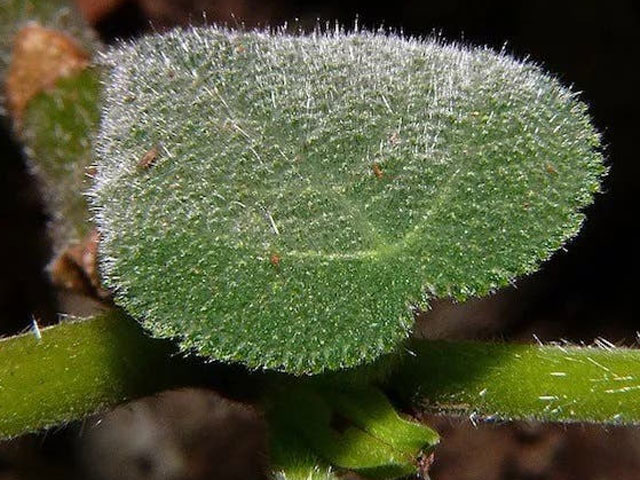Brisbane: Scientists have developed a method that could use the venom of the painful Australian thistle tree to create new painkillers.
Other researchers, including Irina Vetter of the University of Queensland in Australia, studied the poison in the gimpy tree in an attempt to find out what causes the intense pain that lasts for weeks.
Dr. Irina Vetter said that the way this poison causes pain is something we have never seen before.
In previous studies, scientists had learned that the poison, called gympatoids, affects the nerves after entering the body through fine spines on the leaves of the tree.
He said that the mold of the venom in the tree is exactly the same as that found in cone snails and spiders, but the resemblance is similar.
Many toxins can cause pain by directly blocking sodium channels in sensory nerve cells. However, the researchers found in the study that gympatids need help for this enclosure.
The toxin requires a companion protein called TMEM233 to exert its effect, and in its absence, the toxin is ineffective, Dr. Vetter said.
He added that this was an unexpected finding and the first time that a toxin needed some help to affect sodium channels.
(function(d, s, id){
var js, fjs = d.getElementsByTagName(s)[0];
if (d.getElementById(id)) {return;}
js = d.createElement(s); js.id = id;
js.src = “//connect.facebook.net/en_US/sdk.js#xfbml=1&version=v2.3&appId=770767426360150”;
fjs.parentNode.insertBefore(js, fjs);
}(document, ‘script’, ‘facebook-jssdk’));
(function(d, s, id) {
var js, fjs = d.getElementsByTagName(s)[0];
if (d.getElementById(id)) return;
js = d.createElement(s); js.id = id;
js.src = “//connect.facebook.net/en_GB/sdk.js#xfbml=1&version=v2.7”;
fjs.parentNode.insertBefore(js, fjs);
}(document, ‘script’, ‘facebook-jssdk’));


